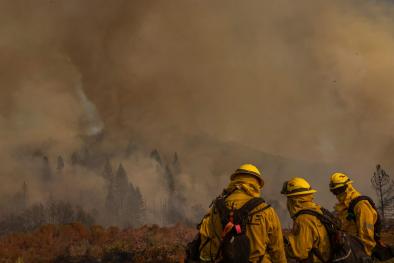Spatiotemporal Evolution of Heat Wave Severity and Coverage Across the United States
Study key findings & significance
- A new spatial metric tracks daily heat wave evolution finding a significant upward trend in heat wave severity and coverage 1981–2018
- The observed upward trend is not captured by examining individual heat wave characteristics such as frequency, magnitude, or duration
- Findings suggest a substantial increase in the heat wave burden across the United States during the last four decades
Abstract
Heat waves have pronounced impacts on human health, ecosystems, and society. Heat waves have become more frequent and intense globally and are likely to intensify further in a warming climate. Across the United States there is a warming trend in average surface temperatures, but concordant increase in heat wave severity appears absent. Limitations in heat waves studies may be responsible for limited detection of a heat wave warming signal. We track daily spatiotemporal evolution of heat waves using geometric concepts and clustering algorithms to investigate how heat manifests on the land surface. We develop a spatial metric combining heat wave frequency, magnitude, duration, and areal extent. We find mixed trends in some individual heat wave characteristics across the United States during 1981–2018. However, exploration of the spatiotemporal evolution of combined heat wave characteristics shows considerable increases during this period and indicates a substantial increase in heat wave hazard across the United States.
Related Content



